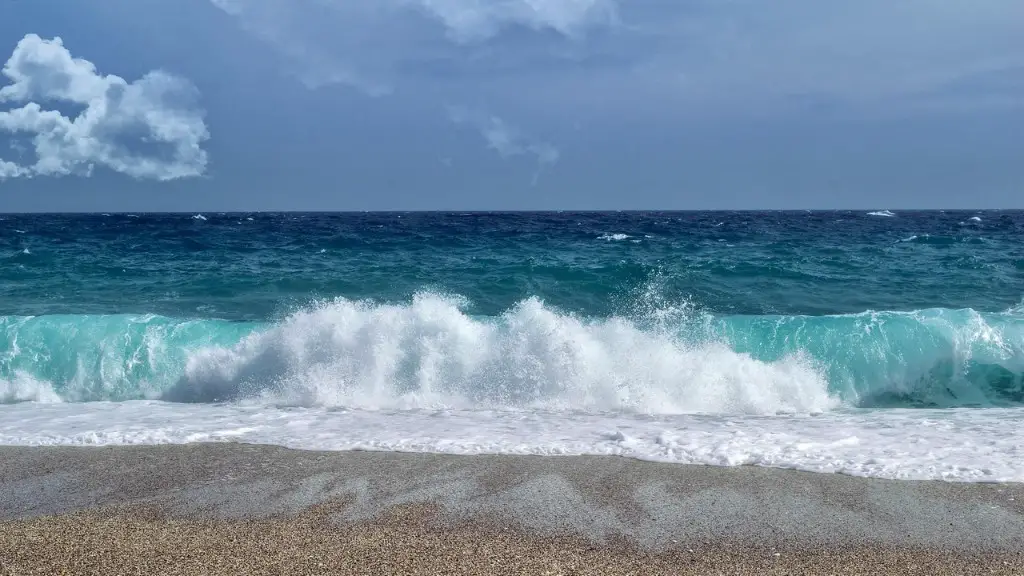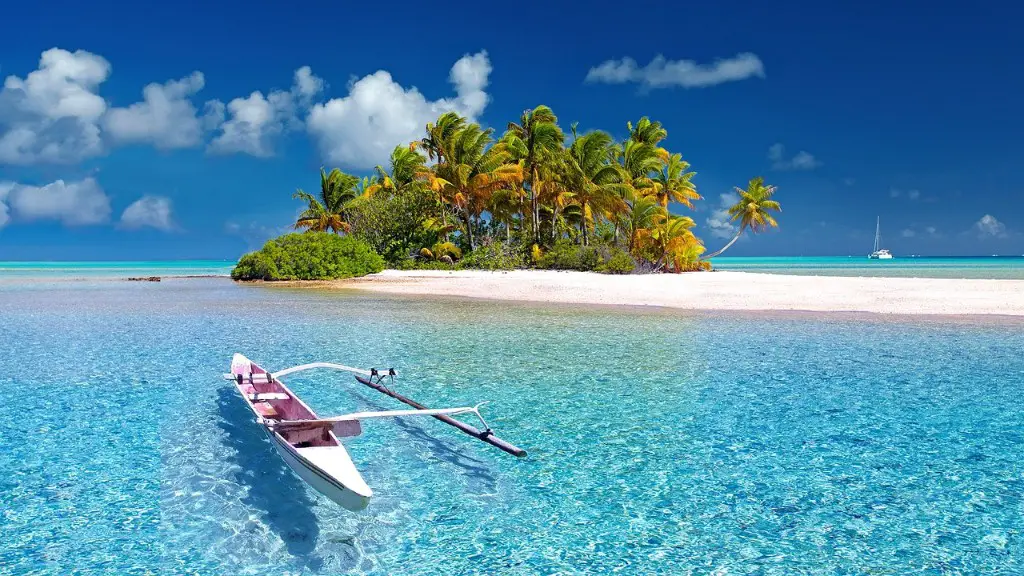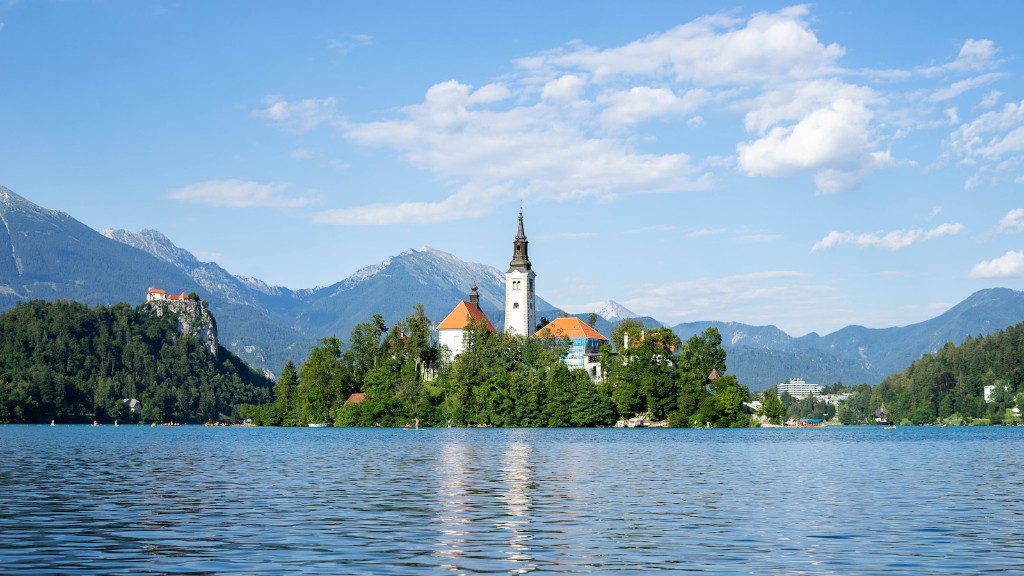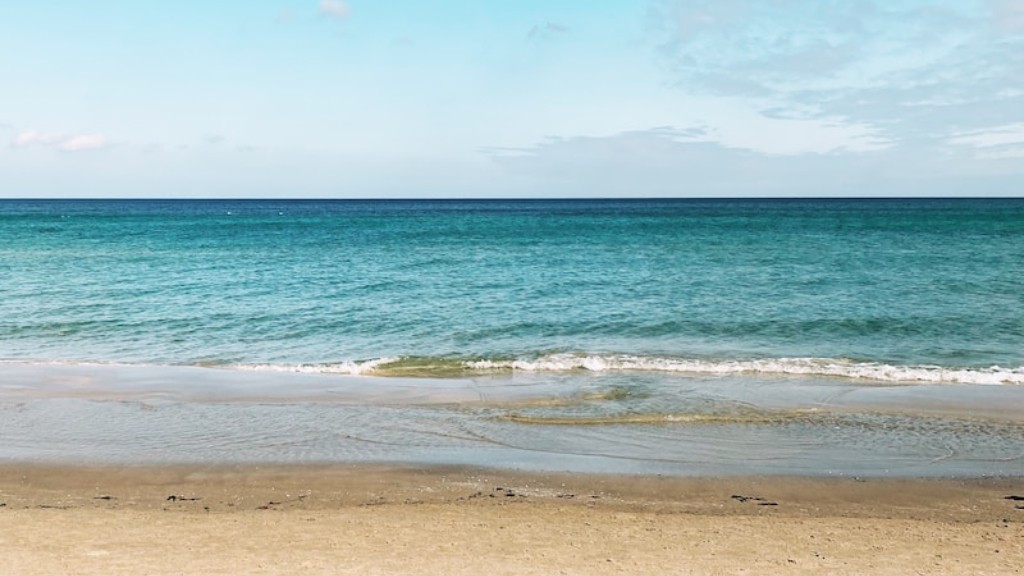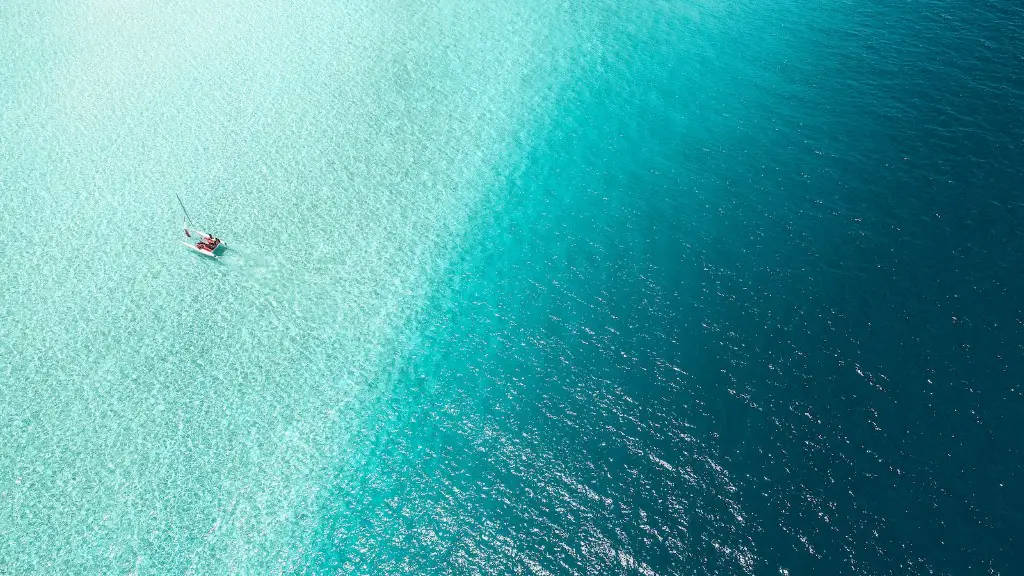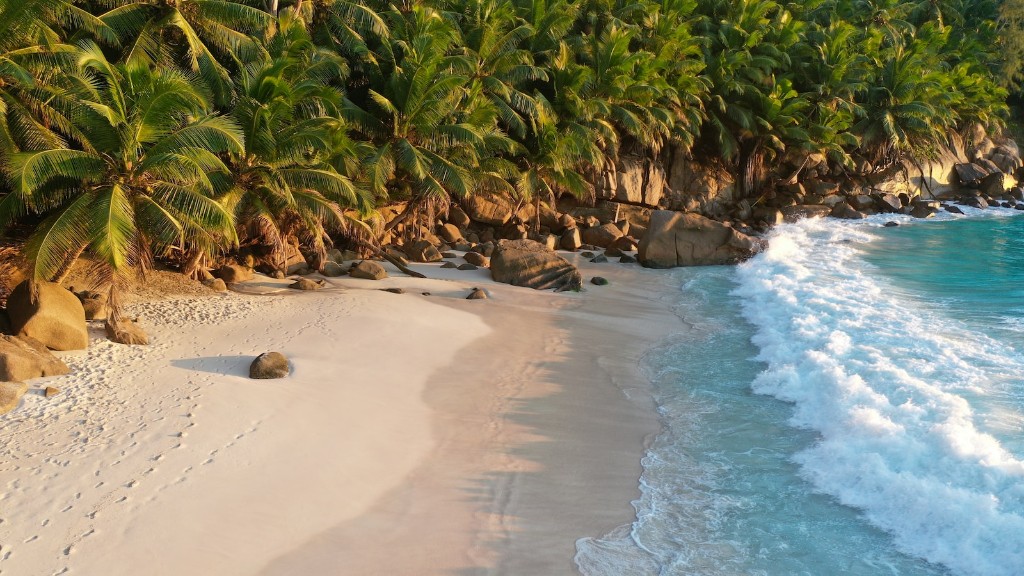The Red Sea is a popular tourist destination for its clear turquoise waters, beautiful coral reefs, and diverse marine life. But how did this unique ecosystem come to be?
The Red Sea is actually an ancient rift basin that formed over 30 million years ago when the African and Arabian tectonic plates began to separate. As the plates pulled apart, the land between them sunk, creating a deep basin that filled with water.
Over time, the Red Sea has become one of the world’s most saline bodies of water due to evaporation and the inflow of fresh water from the Nile River. This high salt content makes it difficult for many organisms to live in the Red Sea, but there are some unique species that have adapted to these conditions.
The combination of warm tropical waters, high salt content, and abundant sunlight create ideal conditions for coral reefs to thrive. These coral reefs are home to a wide variety of fish, invertebrates, and other marine life, making the Red Sea a popular destination for scuba diving and snorkeling.
So, the next time you’re enjoying the beautiful waters of the Red Sea, remember its fascinating geological history and the uniqueness of its ecosystem.
The Red Sea was formed about 30 million years ago when the Arabian Plate and the African Plate began to rift apart. The sea gets its name from the red-colored rocks and sediments that are found in its water and on its shores.
When was the Red Sea found?
The earliest known exploration of the Red Sea was conducted by ancient Egyptians, as they attempted to establish commercial routes to Punt One such expedition took place around 2500 BC, and another around 1500 BC (by Hatshepsut). These early explorations paved the way for future expeditions and discoveries in the region.
The story of the Israelites’ escape from Egypt is a story of faith and divine intervention. God showed his power by parting the Red Sea so that the Israelites could escape from Pharaoh’s army. This act of deliverance is a reminder that God is always with us and will help us when we are in trouble.
What does the Red Sea symbolize in the Bible
The prophets, Jesus, and the New Testament apostles all used the physical salvation of Israel at the Red Sea as a code word for spiritual salvation. They constantly appealed to the exodus as the basis for calling the nation to obedience. The yearly Passover feast commemorated the salvation of Israel’s firstborn, which was a foreshadowing of the spiritual salvation that was to come through Jesus Christ.
The Red Sea is a body of water located between Africa and Asia. Its name is derived from the colour changes observed in its waters. Normally, the Red Sea is an intense blue-green; occasionally, however, it is populated by extensive blooms of the algae Trichodesmium erythraeum, which, upon dying off, turn the sea a reddish brown colour.
What are 3 facts about the Red Sea?
The Red Sea is a very interesting body of water. It is relatively narrow, with an average width of only 280 km (174 mi). However, it is also very deep, with an average depth of 490 m (1,608 ft). The deepest point in the Red Sea is 2,850 m (9,350 ft).
The sea of Galilee is a very special place. It is the place where Jesus is said to have performed one of his most famous miracles. Some 2,000 years ago, Jesus is said to have walked across the sea of Galilee. This act is said to have happened between Israel and the occupied Golan heights. The sea of Galilee is a very special place because it is the place of such an important event in Christian history.
Why is the Red Sea important?
The Red Sea has long symbolized a busy waterway connecting the Mediterranean Sea to the Indian Ocean and then to the Pacific Ocean. It has been strategic and economic thoroughfare for many conquerors including Alexander and Napoleon. The Red Sea is currently an important waterway for international trade and shipping.
It is important to divide a task or project into two sections in order to more easily complete it. This allows for a sense of organization and also allows each section to be worked on independently. Additionally, it can help to break up a larger task into manageable chunks.
How long did it take for Moses to cross the Red Sea
This belief is based on the fact that the Israelites were instructed to eat the Passover lamb on the 14th day of the first month (Exodus 12:6). Since they were required to eat it with bitter herbs and unleavened bread, it is reasonable to assume that they would have had to prepare these items in advance. This would have put them in Egypt on the 13th day of the first month, the day before the Passover.
According to tradition, the Israelites crossed the Red Sea seven days after the Passover, on the 21st day of the first month. This was the first day of the Hebrew month of Nisan.
The biblical story of the east wind dividing the sea is a story of hope and deliverance. It is a story that teaches us that no matter how difficult our situation may be, God is always with us and He will always find a way to help us. This story is a great reminder that we should never give up hope, no matter how dark and difficult our situation may seem.
What is the difference between the Dead sea and the Red Sea?
The Red Sea and the Dead Sea are not the same. The Red Sea is a part of the Indian Ocean that is located between northeastern Africa and the Arabian Peninsula, while the Dead Sea is an inland saltwater lake that is located between Israel and Jordan.
The Mariana Trench is the deepest ocean trench on Earth. It is located in the western Pacific Ocean, to the east of the Mariana Islands. Its maximum width is 190 miles, its greatest depth 9,580 feet (2,920 metres), and its area approximately 174,000 square miles (450,000 square kilometres).
Who controls the Red Sea
The Red Sea is a key international waterway, with seven littoral states sharing its shores. Egypt, Sudan, Eritrea, and Djibouti form the western flank, while Saudi Arabia and Yemen make up the Eastern shoreline. The Red Sea is home to some of the world’s busiest shipping lanes, as well as important fisheries and tourist destinations. The region is also a powder keg of geopolitical tensions, with several ongoing conflicts threatening to escalate and potentially draw in outside powers.
Swimming in the sea is a fantastic experience but you need to be aware that marine life is abundant in the coral waters of the Red Sea. Stonefish, scorpionfish, rays, jellyfish, sea urchins and coral could be present during the swims. Be sure to take the necessary precautions to avoid contact with these potentially harmful creatures.
Is the Red Sea actually an ocean?
A recent paper in Nature Communications offers a simpler but unconventional take on the Red Sea: It’s actually already an ocean, fully mature. A mid-ocean ridge, running along its entire length, has been pumping out ocean floor for the past 13 million years.
This is an interesting perspective on the Red Sea, and one that contradicts the prevailing view that it is a young sea that is still in the process of formation. It will be interesting to see how this perspective develops and whether it gains more support in the future.
Moses led the Israelites to safety after they escaped from Egypt. When Pharaoh and his army pursued them, Moses stretched out his hand and the waters of the Red Sea divided, allowing the Israelites to pass through safely. This act showed God’s power and helped the Israelites reach the Promised Land.
Warp Up
The Red Sea was formed over millions of years as the African tectonic plate slowly moved northward and collided with the Arabian plate. The resulting pressure forced the land to buckle and form the Red Sea Rift. The Red Sea is one of the world’s youngest oceans, and continues to grow as the African plate continues to move northward.
There are many theories about how the Red Sea was formed, but the most popular one is that it was caused by the breakup of the African and Arabian tectonic plates. This event caused the land to separate and the Red Sea to fill with water.
